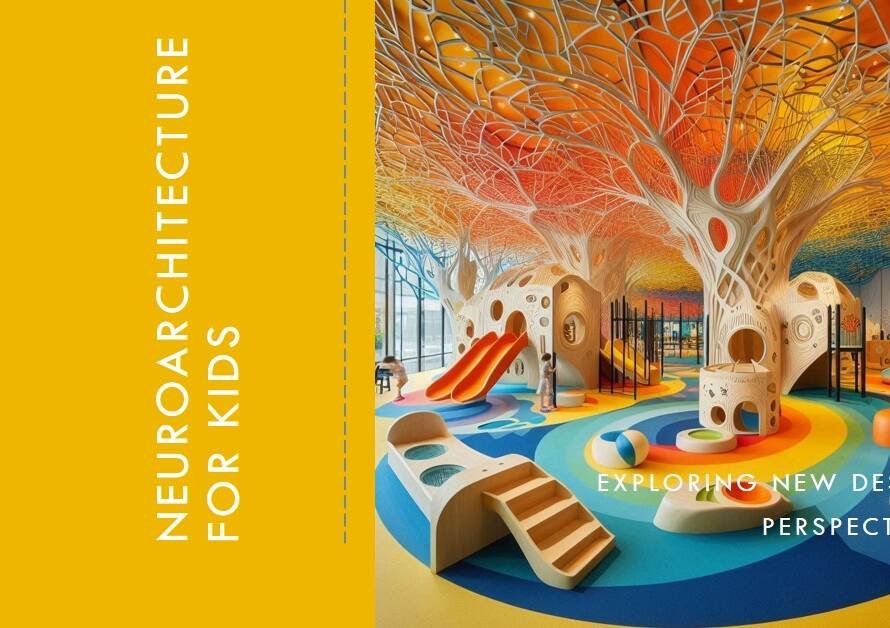
Table of Contents
Designing your dream home is a journey filled with creativity, vision, and attention to detail. In this blog post, we explore how architectural visualization emerges as the best way to design your home, offering unparalleled advantages, insights, and possibilities that elevate your design process and transform your home dreams into stunning realities.
1. The Power of Visualization in Home Design (Architectural Visualization )
Architectural visualization harnesses the power of advanced 3D modeling, rendering software, and immersive technologies to visualize home designs with remarkable accuracy and realism. By creating detailed 3D models of interior spaces, exterior facades, landscaping elements, and architectural details, visualization enables homeowners to see their design concepts come to life before construction begins. This visual clarity allows for precise design decisions, material selections, and layout optimizations, ensuring that every aspect of your home reflects your style, functionality needs, and aesthetic preferences.
2. Exploring Design Options with Flexibility
One of the key benefits of architectural visualization in home design is the flexibility it offers in exploring design options and variations. Visualizations allow homeowners to experiment with different floor plans, interior layouts, color schemes, furniture arrangements, and architectural styles in a virtual environment. This flexibility facilitates design iterations, feedback incorporation, and personalized customizations tailored to individual preferences, lifestyle requirements, and spatial constraints, resulting in optimized home designs that align perfectly with your vision and needs.
3. Realistic Visualizations for Informed Decisions
Architectural visualization provides realistic, detailed visualizations of your home design, enabling informed decision-making throughout the design process. High-quality renders showcase materials, textures, lighting effects, and spatial relationships with accuracy, helping homeowners visualize how different design elements will look and feel in their actual living spaces. Realistic visualizations aid in selecting materials such as flooring, countertops, wall finishes, and furnishings, ensuring cohesive design aesthetics and harmonious interior-exterior transitions that enhance overall visual appeal and functionality.
4. Design Collaboration and Stakeholder Input
Architectural visualization fosters collaborative design processes by facilitating effective communication and input from stakeholders, including architects, designers, builders, and homeowners. Visualizations serve as shared visual references that allow stakeholders to discuss design concepts, propose modifications, and evaluate design alternatives collaboratively. This collaborative approach streamlines decision-making, reduces design misunderstandings, and ensures that everyone involved shares a unified vision for the final home design, leading to successful design outcomes and client satisfaction.
5. Optimizing Space and Functionality
Visualizing your home design in 3D enables you to optimize space utilization, functional layouts, and ergonomic considerations for enhanced livability and comfort. By virtually walking through interior spaces, evaluating furniture placements, assessing traffic flow, and visualizing spatial proportions, homeowners can identify potential design challenges and make informed design adjustments early in the process. This proactive approach minimizes design errors, maximizes usable space, and creates harmonious living environments that cater to your lifestyle preferences and daily routines.
6. Enhancing Design Details and Personalization
Architectural visualization excels in capturing intricate design details, personalized touches, and unique architectural features that define your dream home. Whether it’s custom-built elements, bespoke finishes, unique lighting fixtures, or thematic design motifs, visualizations allow homeowners to see how these design elements contribute to the overall ambiance and character of their home. Attention to detail in visualizations ensures that no design aspect is overlooked, and every corner of your home reflects your personality, taste, and individuality, creating spaces that resonate with warmth, style, and personal connection.
7. Budgeting and Cost Management
Visualizations play a crucial role in budgeting and cost management for home design projects by providing accurate visual representations of design elements, material choices, and construction details. Homeowners can use visualizations to estimate project costs, compare material options, and prioritize design investments based on visual impact and budget constraints. By visualizing design choices in a realistic context, homeowners can make informed decisions that align with their budgetary goals, avoiding costly design changes or rework during the construction phase.
8. Future-Proofing with Design Iterations
Architectural visualization allows for iterative design processes that enable homeowners to future-proof their homes by anticipating evolving lifestyle needs, technological advancements, and design trends. Through design iterations and scenario planning, homeowners can explore future design adaptations, sustainability integrations, smart home technologies, and scalability options that ensure long-term functionality, energy efficiency, and value enhancement for their homes. Visualizations empower homeowners to envision their homes not just for today but also for the years ahead, creating spaces that grow and adapt with changing lifestyles and preferences.
9. Sustainability Integration and Eco-Friendly Designs
Incorporating sustainable design principles, eco-friendly materials, and energy-efficient solutions is integral to modern home design, and architectural visualization plays a pivotal role in visualizing sustainable design strategies. Visualizations showcase green building features, passive design elements, renewable energy systems, and environmentally conscious materials in action, illustrating how these choices contribute to energy savings, indoor air quality, and environmental stewardship. Sustainable design visualizations inspire homeowners to embrace eco-friendly lifestyles, reduce environmental footprints, and create homes that prioritize sustainability without compromising style or comfort.
10. Celebrating Your Dream Home Realization


In conclusion, architectural visualization emerges as the best way to design your home by offering unparalleled visualization capabilities, design flexibility, collaboration opportunities, and informed decision-making throughout the design journey. From conceptualization to realization, visualizations guide homeowners in crafting homes that reflect their aspirations, values, and lifestyles, culminating in the joy of living in a meticulously designed, personalized sanctuary that embodies comfort, functionality, and timeless style. With architectural visualization, your dream home becomes a vivid reality where every detail speaks to your vision of ideal living.


